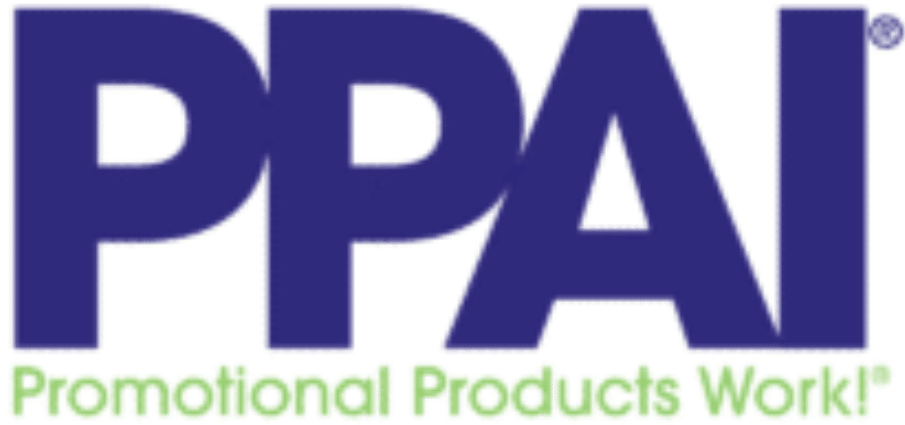
Background
Volatile Organic Compounds (VOCs) are chemicals that vaporize (become a gas) at room temperature, enter into the atmosphere, and contribute to air pollution (smog). The Environmental Protection Agency (EPA) regulates VOCs at the national level in 40 CFR 59. VOC controls are typically based on the application of the product such as aerosol coatings, architectural coatings, automobile refinish coatings, and consumer products.
Definitions are regulation specific so it is important to identify the product and know how it will be marketed before reviewing regulations for categories, thresholds and requirements such as labeling, reporting, record keeping, and exemptions.
The environmental effects of VOCs have been determined to contribute to ground level ozone formation and have been known to cause damage to materials and buildings as well as have a direct impact as secondary pollutants.
The human effects of VOCs have been shown to negatively impact human health. As an air pollutant, studies indicate that VOCs are associated with an increased risk of lung cancer and heart disease. Additional effects include respiratory illness, headaches, eye and skin irritation, and fatigue.
Federal Regulations
Federal regulation of VOCs is covered in 40 CFR 59, Subpart C. This regulation defines responsible parties, definitions, labelling requirements, record keeping, and reporting requirements. Some specific chemical and/or application exemptions apply for organizations that cannot comply due to “extraordinary circumstances beyond reasonable control” per 40 CFR 59.206.
A consumer product is defined under this regulation as “any household or institutional product (including paints, coatings, and solvents), or substance, or article (including any container or packaging) held by any person, the use, consumption, storage, disposal, destruction, or decomposition of which may result in the release of VOC. For the purposes of this subpart, consumer product means any product listed in tables one (1) or two (2) of this subpart.”
In addition to these federal regulations, there are also tax implications associated with ozone depleting chemicals. It is the responsibility of the manufacturer or supplier of the ozone depleting chemicals to file tax forms with the IRS as well as the person other than the manufacturer or importer who holds those chemicals for sale. This tax is based on chemical weight.
Ozone Transport
The Ozone Transport Commission (OTC) is a multi-state organization created under the Clean Air Act (CAA) to develop and implement regional solutions in the Northeast and Mid- Atlantic regions. Member states include: Connecticut, Washington DC, Delaware, Massachusetts, Maine, Maryland, New Hampshire, New Jersey, New York, Pennsylvania, Rhode Island, Virginia and Vermont. The OTC develops consumer products model rules for member states to consider based on their needs. The current model rule is Model Rule 2014. Model rule thresholds do not apply in a particular state until the state adopts them into their regulations. Exemptions do apply but must be verified at the state level.
State Regulations
In addition to the states that make up the OTC, several other states regulate VOCs including: Arizona, California, Illinois, Indiana, Michigan, Ohio, Oregon, Texas and Utah. The VOC limitations issued by various states are constantly evolving as new states issuing regulations and current states adjust regulations for existing product categories. State legislation must be reviewed for applicable regulations and related definitions, categories and thresholds. A summary from ISSA, The Worldwide Cleaning Industry Association, provides a starting place for locating current state and federal VOC limitations. In addition, the Household and Commercial Products Association offers a VOC compliance webinar series that includes summarized documents.
Current State and Federal VOC Regulations
California
Connecticut
Delaware
Indiana
Maine
Maryland
Massachusetts
Michigan
New Hampshire
Ohio
Pennsylvania
Rhode Island
Washington, D.C.
U.S. EPA
California
The California Air Resource Board (CARB) administers VOC regulations at the state level. The Consumer Products Regulation covers:
- Antiperspirants and deodorants (Article 1)
- Consumer products (Article 2)
- Aerosol coatings (Article 3)
California regulates consumer products by application. When determining the appropriate category for a product it is recommended to select the most stringent applicable category for the product since some categories have many options.
- Exemptions apply
– Based on chemical components
– Based on physical attributes
– Based on function
Method 310 is the test method used for consumer products in California. The formulations and definitions to be used are provided in the text. Low vapor pressure-volatile organic compounds (LVP-VOC) are defined in Section 94508(a) of the regulation and are exempt from most consumer products. The LVP exemption does not apply to antiperspirants, deodorants and aerosol coatings.
California regulates many operations through several districts.
- 35 Air Districts
– 23 Air Pollution Control Districts (APCD)
– 12 Air Quality Management Districts (AQMD)
Thresholds are based on air quality but categories and definitions are not necessarily consistent across districts. The South Coast Air Quality Management District is often the most stringent.
Summary
The definition of a VOC varies depending on the regulation and most definitions are regulation specific. Most regulations limit emissions based on product application. VOC regulations and thresholds change on a frequent basis so monitoring changes versus product level VOC content is necessary to protect yourself. Know what regulation the VOC content is needed for and understand the product application, based on the product labeling, before defining appropriate category and VOC content.
Online Resources:
UL WERCSmart VOC Portal User’s Guide:
https://secure.supplierwercs.com/docs/VOC-Portal-Users-Guide.pdf
Clean Air Act (CAA):
https://www.epa.gov/laws-regulations/summary-clean-air-act
California Air Resources Board (CARB):
http://www.arb.ca.gov/homepage.html
South Coast Air Quality Management District (SCAQMD):
http://www.aqmd.gov/
Ozone Transport Commission (OTC):
http://www.otcair.org/
40CFR 59:
http://www.ecfr.gov/cgi-bin/text-idx?tpl=/ecfrbrowse/Title40/40cfr59_main_02.tpl
OTC Model Rule 14:
https://otcair.org/document.asp?fview=modelrules
40 CFR Part 59, Subpart C:
https://www.law.cornell.edu/cfr/text/40/part-59/subpart-C
40 CFR 59.206:
https://www.law.cornell.edu/cfr/text/40/59.206
ISSA – The Worldwide Cleaning Industry Association:
http://www.issa.com/data/moxiestorage/regulatory_education/voc_limits_summary_8-12-15.pdf
Consumer Specialty Products Association (CSPA):
http://www.cspa.org/
California Air Districts:
http://www.arb.ca.gov/capcoa/dismap.htm?533,68
South Coast Air Quality Management District:
http://www.aqmd.gov/home
